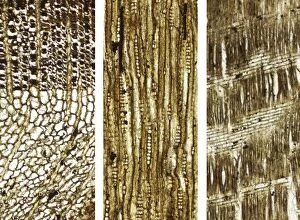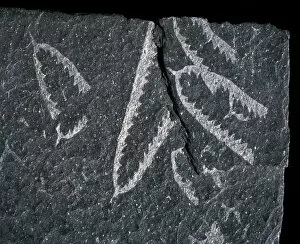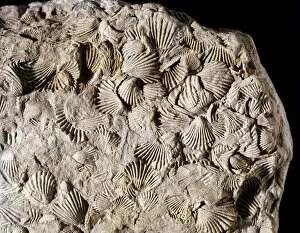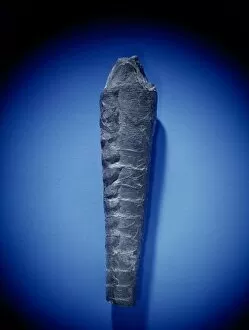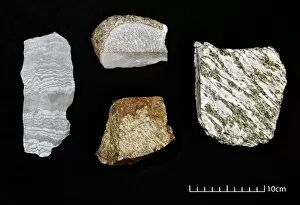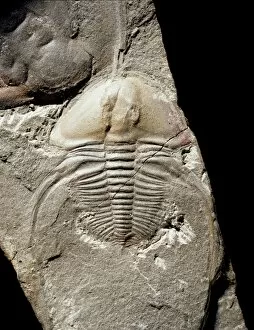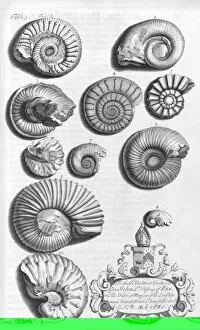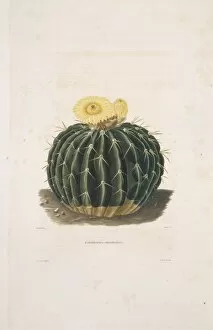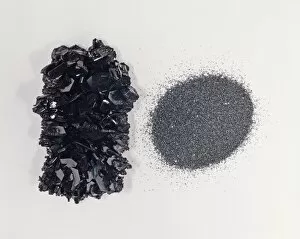Natural History Museum Collection (page 9)
Step into the captivating world of the Natural History Museum, where ancient wonders and scientific marvels await
All Professionally Made to Order for Quick Shipping
Step into the captivating world of the Natural History Museum, where ancient wonders and scientific marvels await. Marvel at the Archaeopteryx fossil, Berlin specimen C016 / 5071, a breathtaking relic that bridges the gap between dinosaurs and birds. As you explore further, don't forget to stop by the Natural History Shop, where you can take a piece of this extraordinary experience home with you. From educational books to fascinating trinkets, there's something for everyone to cherish. While immersing yourself in history and knowledge, it's important to remember that not all treasures are what they seem. Take caution around exhibits like crysotile asbestos - a reminder of our evolving understanding of safety standards throughout time. Transport yourself back in time as you wander through the Fish Gallery from September 1890. Witness an array of aquatic creatures frozen in time, showcasing their intricate beauty and diversity. Meet Dr Johannes Vogel - an esteemed scientist who has dedicated his life to unraveling nature's mysteries. His expertise shines through every corner of this museum as he brings us closer to understanding our natural world. Be captivated by Coleoptera sp. , metallic beetles that shimmer under carefully placed lights – a testament to nature's artistry. These tiny creatures showcase Mother Nature's ability to create beauty on even the smallest scale. Admire stunning views of Oxford captured in coloured engravings – glimpses into a bygone era when exploration was at its peak and curiosity knew no bounds. Prepare yourself for awe-inspiring encounters with giants such as the Giant Ground Sloth or gaze upon the Western lowland gorilla stuffed specimen C016 / 4880 – reminders of Earth's diverse inhabitants both past and present. Don't miss Pavo cristalus strutting proudly with its vibrant plumage on display—a peacock whose elegance knows no bounds.




